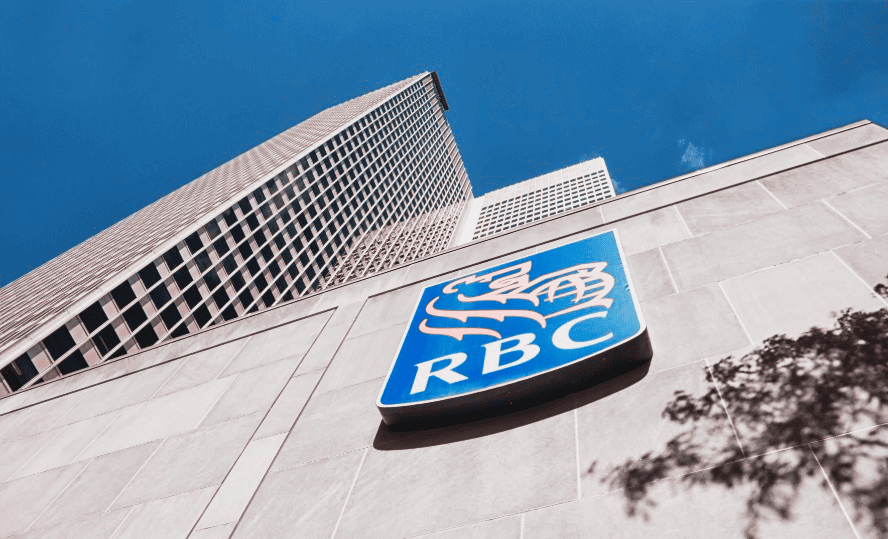The Royal Bank of Canada is out with a long-awaited net-zero strategy that sets a far softer target than the emerging international standard for financial institutions, while touting its ability to engage with clients in the fossil fuel sector and beyond to drive emission reductions.
This week, RBC called the plan a “key milestone in its commitment to achieving net-zero in its lending portfolio by 2050,” and a “key element” of its commitment to the Glasgow Financial Alliance for Net-Zero (GFANZ), a financial sector decarbonization effort led by former Bank of England governor Mark Carney.
“We know the greatest impact RBC can have to drive emissions reductions in the economy is through partnerships with our clients,” RBC president and CEO Dave McKay said in a press release.
RBC’s Net-Zero Report sets 2030 emission reduction targets for the three sectors where the bank thinks its customers can have the greatest impact—fossil fuels, electricity generation, and automotive. But all of its intensity-based targets are based on grams of carbon per unit of whatever a company produces. So if oil and gas emissions fall by 30%, for example, but extraction increases by 35%, the bank takes credit for an emission reduction while the amount of CO2 entering the atmosphere continues to rise.
The RBC report sets intensity-based targets of 47% for the auto industry and 54% for power utilities. But oil and gas, the only major Canadian sector whose emissions have continued to increase, gets a big break, with an intensity-based target of just 35% by 2030. Late last year, the latest published projection from the Canada Energy Regulator showed Canadian fossil fuel production continuing to rise through 2032, peaking at 5.8 million barrels of oil or equivalent per day.
Climate finance campaigners were quick to jump on the RBC report.
The RBC Revealed campaign compared the RBC climate targets to fossil fuel criteria set by the United Nations Race to Zero campaign. It calls for a “50% reduction in absolute GHGs from financed, facilitated and insured activities by 2030” across the entire chain of fossil fuel production and consumption, from extraction to end use.
“There’s a dictionary-official definition for RBC’s climate targets: it’s called greenwashing,” said Richard Brooks, climate finance program director at Stand.earth. “With RBC continuing to bankroll polluters, these pledges are just more smoke and mirrors. While people across Canada bear the brunt of fires, floods, and deadly heat, Canada’s #1 fossil fuel-financing bank continues to pour gas on the flames, bankrolling gas, tar sands, oil, and coal. Instead of financing Indigenous rights-violating fracked gas pipelines, RBC has the opportunity to reinvest in climate-safe solutions and truly live into its climate rhetoric.”
Brooks identified the Bank of Montreal as the only large financial institution in Canada to base its climate plan on absolute rather than intensity-based targets, and three institutions in Europe – Deutsche Bank, French bank SocGen, and Lloyds — that have recently done the same.
“If they can do it, why can’t RBC?” Brooks asked in an email.
RBC spokesperson Andrew Block did not answer detailed questions on the net-zero report before deadline, but said in an emailed statement that the bank is “looking to focus our attention where we will have the biggest impact—helping our clients reduce their emissions and supporting initiatives that bring green solutions to market.”
He added that RBC is “committed to achieving net-zero in our lending by 2050, and establishing interim goals will help us drive action and measure progress. We have set ambitious targets that are informed by science and input from our front-line business teams. Our targets reflect a thoughtful and practical approach on climate action. While our ultimate goal will require absolute-emissions-reductions targets, however, at this time we feel that physical-emissions-intensity targets are the right choice.”
This article is republished from The Energy Mix. Read the original article.





